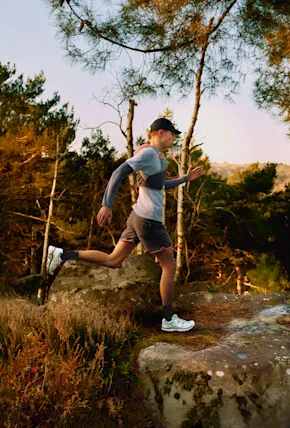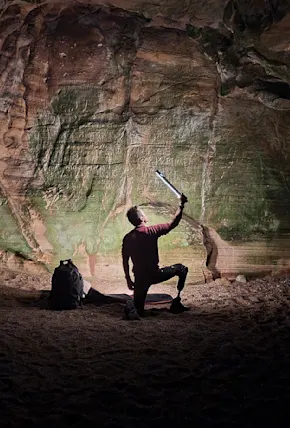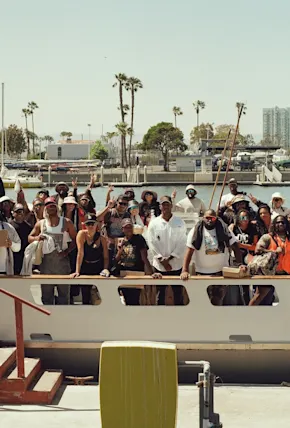What cameras did you have with you, how much film did you bring along, and what kind?
Nick Foster: I brought a Contax G2 and a Fuji 645 and a bunch of different film—maybe too much! I still keep finding unused rolls in my fridge. I used a lot of Portra 400 and also had a big mixed bag of random rolls I've had for a while.
When it comes to my camera setup I typically try to keep it as simple as possible, it helps me shoot quickly on the go. These two cameras in particular were great for that.
What's the most important thing you think about, practically speaking, when documenting a trip like this?
Nick Foster: In certain instances composing a shot is necessary but I think it’s most important (with whatever you’re trying to capture) to capture it in its purest form. That is one of the biggest challenges for myself—to always be alert of the small details that are happening around me and to find myself in the best possible position to capture that moment.
Weiland: For me, I always have in the back of my mind how is any moment that's transpiring going to fit into a larger story that could be told, and so I'm always running things through that filter, like when people are talking, when people are experiencing something new for the first time, anything that seems like it could be a scene, I have to kind of anticipate that moment happening and then begin to decide how I'm going to capture that so it could actually be built into a scene later on.
There are only a few down time scenes in the film. What was life on the boat like?
Weiland: I personally don't enjoy being on small boats for long periods of time, but it was fun with the crew because we played a lot of games, and a lot of us were reading books, journaling, taking photos. We were actually traveling really close to all the islands and passed maybe 14 major islands, and so it seemed like there was always something to see out the window or from the back deck.
Nick Foster: Life on the boat was very slow. Captain Mike McCune was very cool and equally as interested and curious as we were to check out the waves and beaches, so we never went too long without touching land. We played a lot of rounds of Uno, some of us even read and finished books (that’s huge for us!), and spent a lot of time keeping Captain Mike company as he drove. The Milo had a nice deck on top of the boat and I would say that was my favorite place to be; fresh air and the open ocean, can’t ask for much more.
How did boat chores shake out?
Nick Foster: Boat chores were simple: Follow Mike's rules. One of the main and only rules was to make sure all the boards and equipment were strapped down at all times because of wind. When we came across our first glimpse of surfable waves, we suited up as fast as possible and paddled out…forgetting to strap the rest of the gear down. Captain Mike paddled out to the lineup, notifying us of our mistakes and said with a grin, “I guess we will call this spot 'Straps!'"
Weiland: Captain Mike's wife, Wendy, was with us, and she was the cook of the boat, and took care of the meals. A few times along the way we caught fish, and that was prepared, and the fish were so huge they lasted like three or four days for our whole crew. And then first mate was Scott Ryerson, and Scott took care of a lot of just the practicality of running the boat.


















